Get in Touch
General
(508) 921-4600
Email Sales
Email Support
UEI Europe Office
+49 40 63698136
Email EU Sales
Visit this page for local offices and distributors.
VTOL and eVTOL Tutorial and Reference Guide
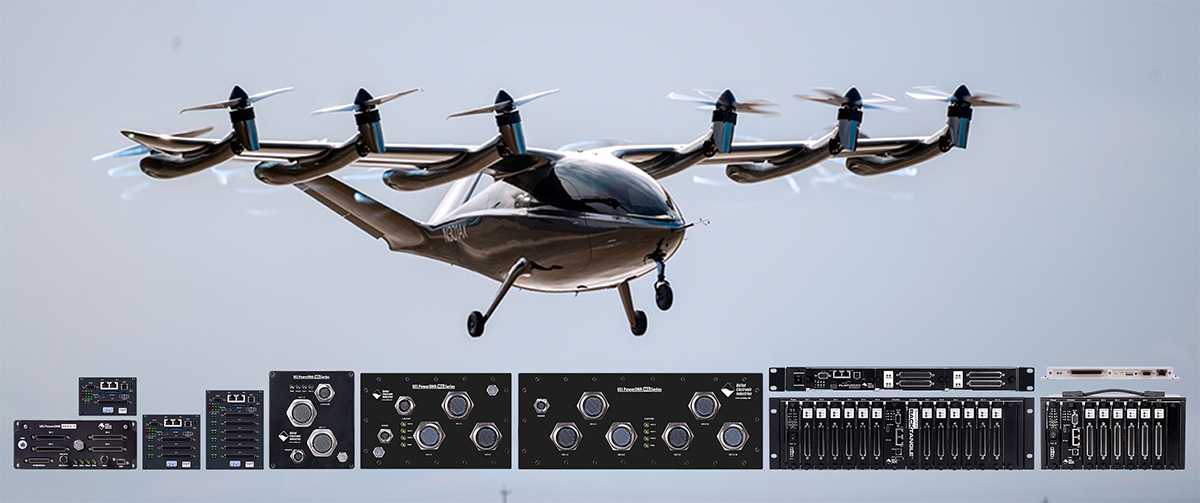
Quick Links: What is VTOL and eVTOL? | Popular Craft Types | Testing and Verification Challenges | UEI and VTOL Applications
What is VTOL and eVTOL?
|
VTOL stands for Vertical Take-off and Landing aircraft. VTOL aircraft are unique in their ability to hover, take off, and land without the need for conventional runways. | |
|
Brief History
The first unmanned VTOL aircraft was successfully flown in 1877 by Italian inventor Enrico Forlanini. This primitive helicopter was able to reach a height of 13 meters using steam power alone, and remained in air for roughly 20 seconds. The first successful attempt at a manned VTOL flight occurred 30 years later, with French engineer Paul Cornu taking to the air in a twin-rotor helicopter powered by a 24hp engine. Pictured below, this helicopter was able to reach 1.5m in height and remain airborne for 20 seconds. Both Cornu and Forlanini's early efforts would lay the foundation for more advanced VTOL aircraft to come.
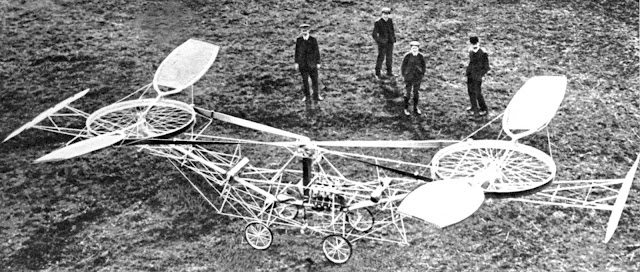
The world's first mass-produced helicopter was successfully launched in the 1940's with the Sikorsky R-4. The R-4 was used both in combat and for rescue missions around the globe. The 1950's saw the mainstream introduction of the turbine engine for helicopters, leading to the development of the modern VTOL we are familiar with today.
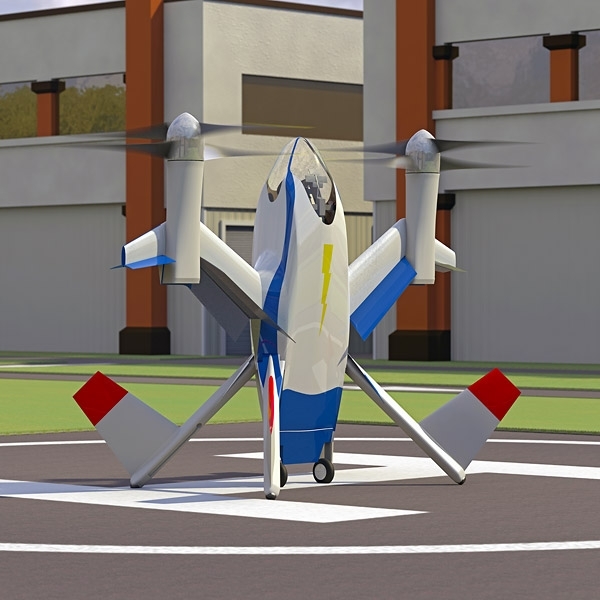
The concept of eVTOL aircraft dates back to 2009, when NASA released renderings of a concept aircraft called the Puffin eVTOL. By 2011, the first commercial eVTOL took flight with the unmanned AgustaWestland (now Leonardo Helicopters) Project Zero. Other prototype eVTOLs would follow later that year, with the manned flights of the Solution F Electric helicopter and Opener SkyKar Rebel. In the following decade, the eVTOL market has grown into a several billion dollar industry with recent developments from Airbus, Boeing, and Bell. eVTOLs are now being created for civilian, air taxi, EMS, recreational, delivery, and military usage.
Other Types of VTOL Modes
- STOVL - short take-off & vertical landing. STOVL aircraft require a short runway in order to take off, but can land vertically without the use of a runway.
- V/STOL - vertical or short take-off & landing. V/STOL aircraft can take off and land either vertically or with the use of a short runway.
Popular Craft Types
VTOL
| Helicopter | Autogyro (Gyrocopter) |
|---|---|
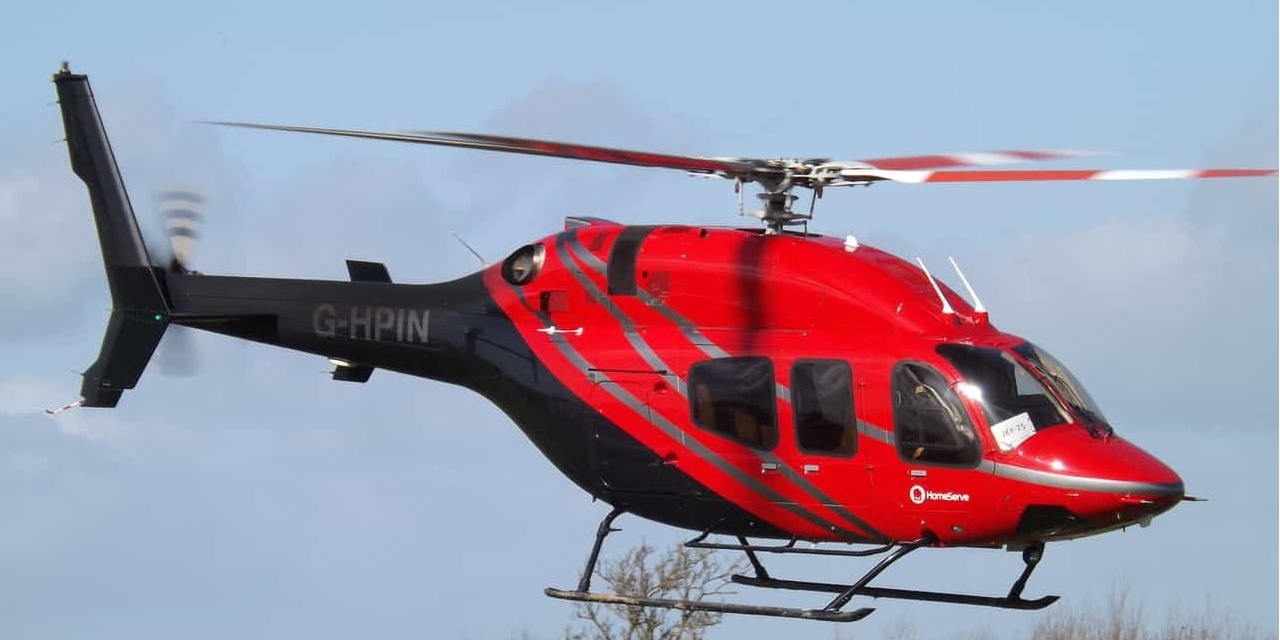
An aircraft that produces both lift and thrust from horizontally spinning rotors. Typical design includes a single main rotor and an accompanying anti-torque tail rotor. | 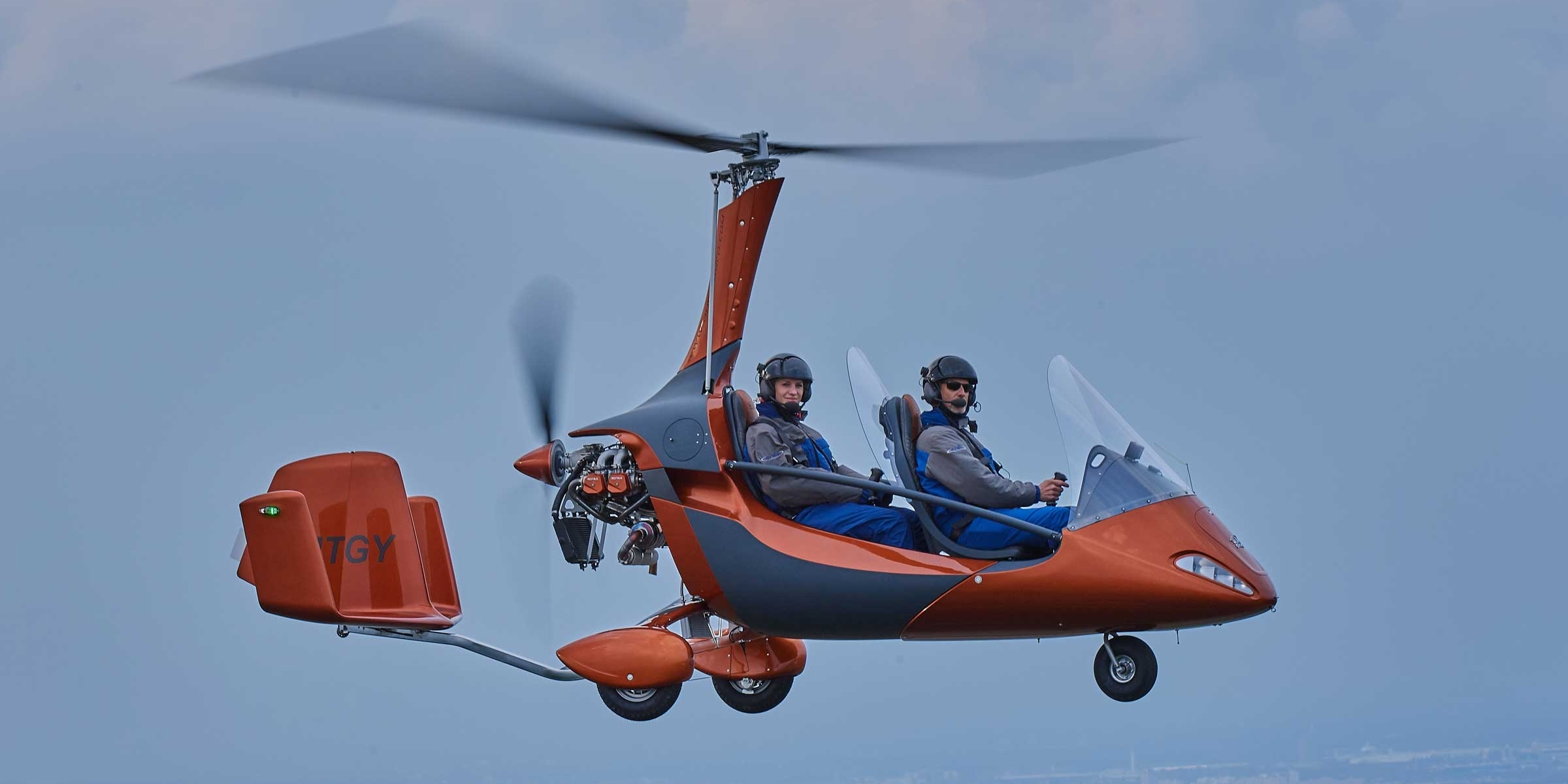 This aircraft uses an engine driven propeller to generate forward thrust; lift is generated by an unpowered rotor in free autorotation.
This aircraft uses an engine driven propeller to generate forward thrust; lift is generated by an unpowered rotor in free autorotation. |
| Tiltorotor | Vectored Thrust |
|---|---|
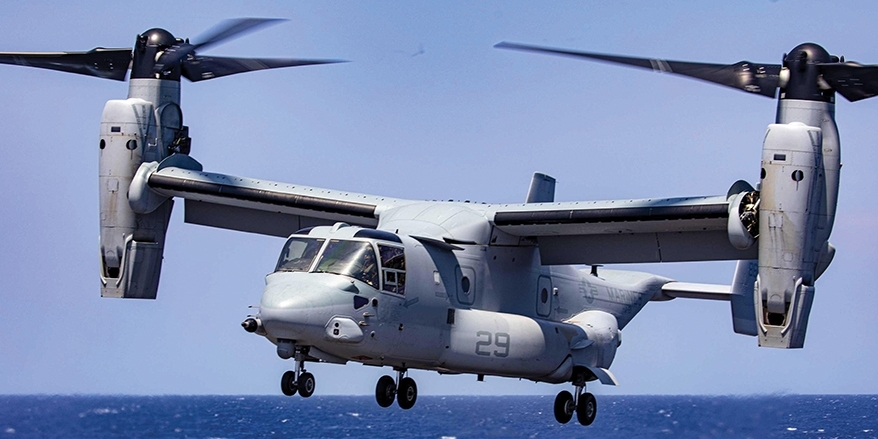
An aircraft that generates lift and propulsion using powered rotors mounted at the ends of a fixed wing. Combines VTOL capability with the conventional range and speed of fixed wing aircraft. | 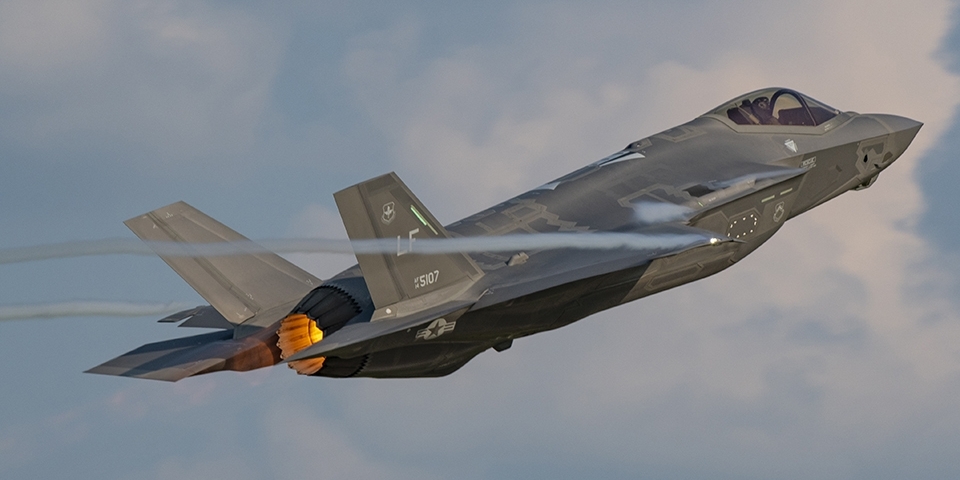 These aircraft can manipulate the direction of the thrust from its engine or motor to provide upward vertical thrust. This gives the aircraft VTOL capability by altering the direction of exhaust thrust.
These aircraft can manipulate the direction of the thrust from its engine or motor to provide upward vertical thrust. This gives the aircraft VTOL capability by altering the direction of exhaust thrust. |
eVTOL
| Multirotor | Boxed Wing |
|---|---|
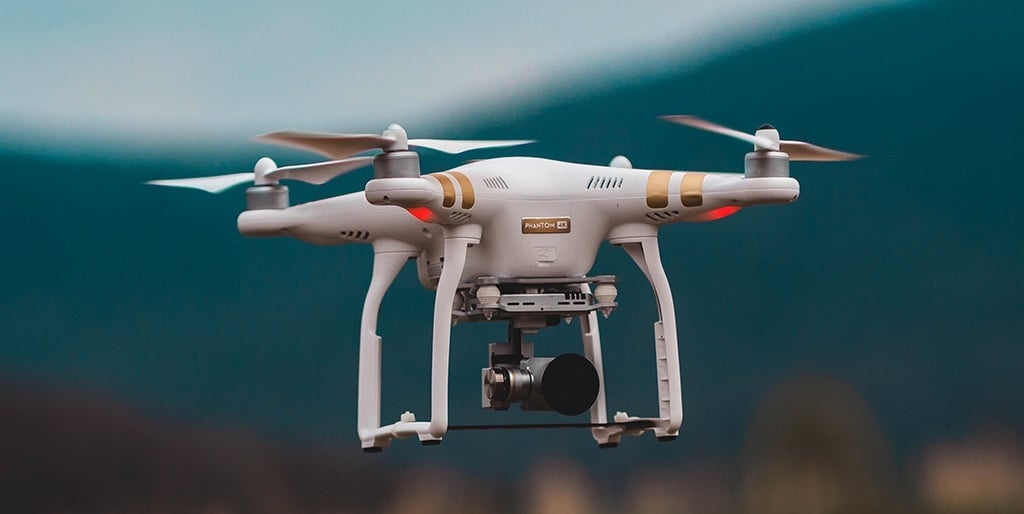
Also known as multicopters, these eVTOL aircraft have more than two lift-generating rotors. Typical configurations include the tricopter (3-rotor), quadcopter (4-rotor), hexacopter (6-rotor), and octocopter (8-rotor) designs. | 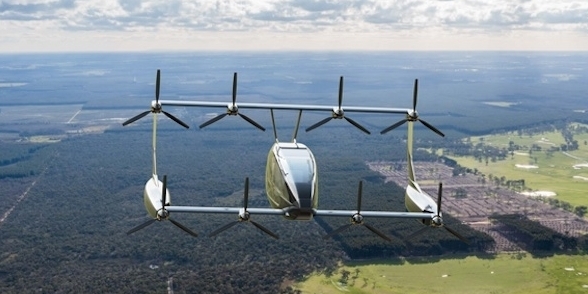 Also known as a joined wing, these eVTOL use two wings that connect in a manner that eliminates the need for wingtips.
Also known as a joined wing, these eVTOL use two wings that connect in a manner that eliminates the need for wingtips. |
| Lift and Cruise | Folding Wing |
|---|---|
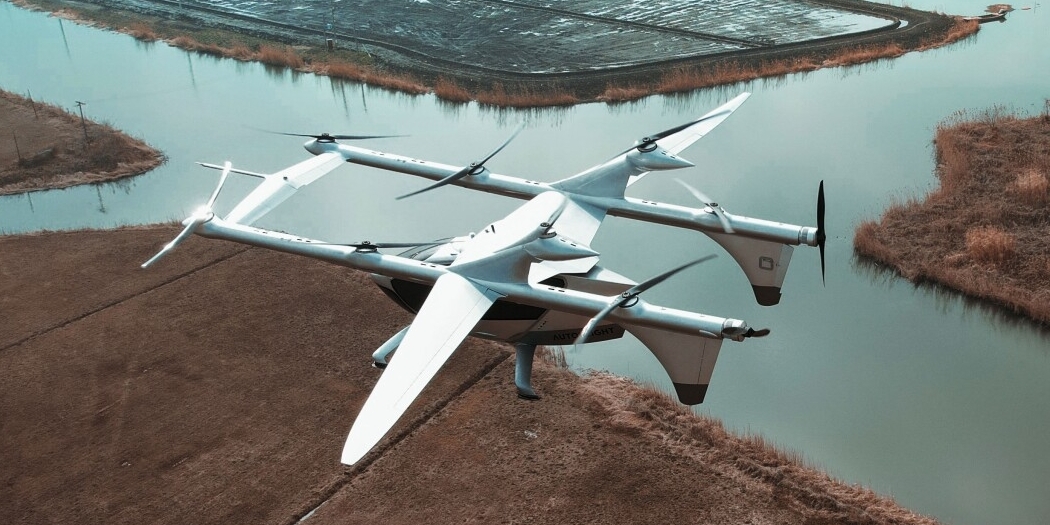
This aircraft uses one set of motors for vertical flight and another set to cruise while in-flight. | 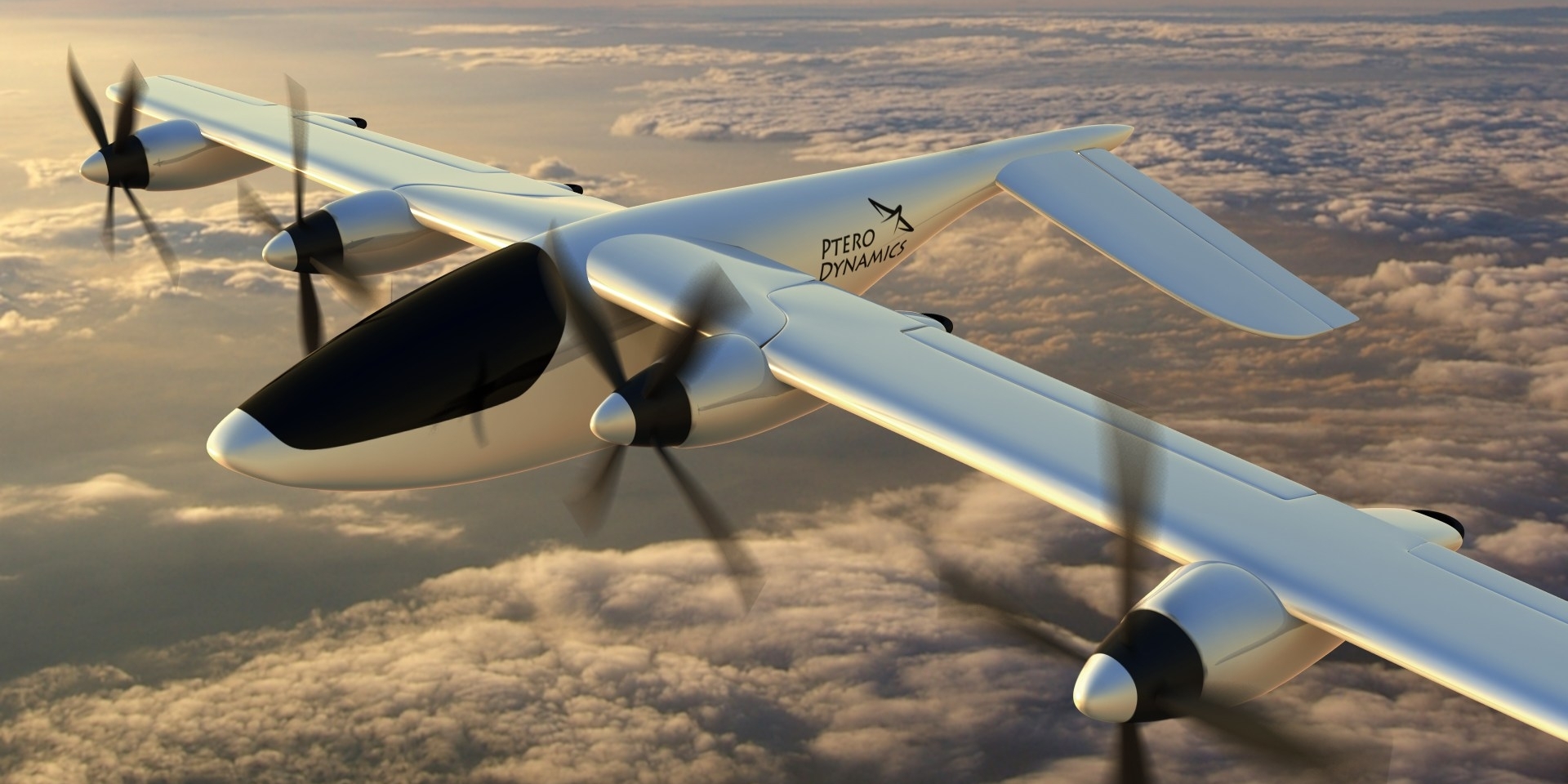
The aircraft is able to take off with the wings in a folded position, transitioning to full extension in-flight. This design facilitates storage and land transportation. |
Testing & Verification Challenges
Aerial vehicles require extensive testing, certification, and monitoring both on-land and in-flight to optimize performance, ensure safety, and establish operational limits. UEI hardware has the ideal signal conditioning and DAQ solutions to serve any and all VTOL/eVTOL testing needs, including:
|
| Ground-vibration testing (GVT) for modal and structural analyses. |
|---|---|
| Flight vibration testing (FVT) to measure vibration-induced load inputs on structural components.
UEI Recommended Hardware: | |
| Torque, pressure, and dynamic force measurement.
UEI Recommended Hardware: | |
| Electric motor testing and monitoring solutions.
UEI Recommended Hardware: | |
| Hardware-in-the-loop for Flight/Mission/Autonomous Controllers UEI Recommended Hardware: | |
UEI and VTOL Applications
United Electronic Industries (UEI) supplies data acquisition, control, and test system hardware to meet the stringent requirements needed for vertical take-off and landing (VTOL) industry applications. Whether commercial or military, UEI has rugged and reliable solutions that are deployable in a variety of environments.
- With flexible 1-12 slot chassis and more than 90+ I/O and avionic boards commercial-off-the-shelf (COTS)
- Designed for Environmental Extremes (-45º to 85º C | 5g Vibe | 100g Shock)
- Chassis monitors temp, power, cards, and software for fail-safe operation
- Redundant Ethernet helps guarantee fail-safe operation
- Individual pins can be tested for short/open or against a reference
- Designed for MIL-STD-461/1275/704/810 compliance
- All our solutions are back by a 10 year availability guarantee and 3-5 year hardware warranty -- upgradeable to 10 years!
Here are 3 Great Reasons to Use UEI for your VTOL Aircraft Design:
- Hardware in the Loop Control and Monitoring System Solutions – UEI’s hardware solutions have been specifically designed with the aerospace industry in mind. We focus on your exact needs - from software integration (SIMULINK to C), hardware I/O (avionics, simulated synchro, LVDT, RTD, TC, etc.), to signal routing (simulated, real or fault signals) to the device under test.
- Embedded Control and Logging – Standalone control and signal acquisition in any environment.
- Health Usage and Monitoring Systems (HUMS) – Our I/O boards allow aircraft to pin-point faults before they become catastrophic failures, detect performance issues, and avoid steep maintenance costs.
Videos and More
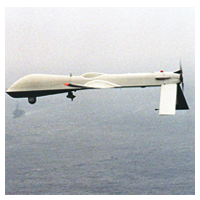 | UAV/UAS Data Acquisition and Control Solutions With the proliferation of unmanned aerial vehicles (UAV) and unmanned aerial systems (UAS) comes new and complex data acquisition (DAQ) and control solution problems. This comprehensive overview provides information on UEI test bench, simulation of systems, and design verification/validation solutions for UAV/UAS applications. Learn more |


